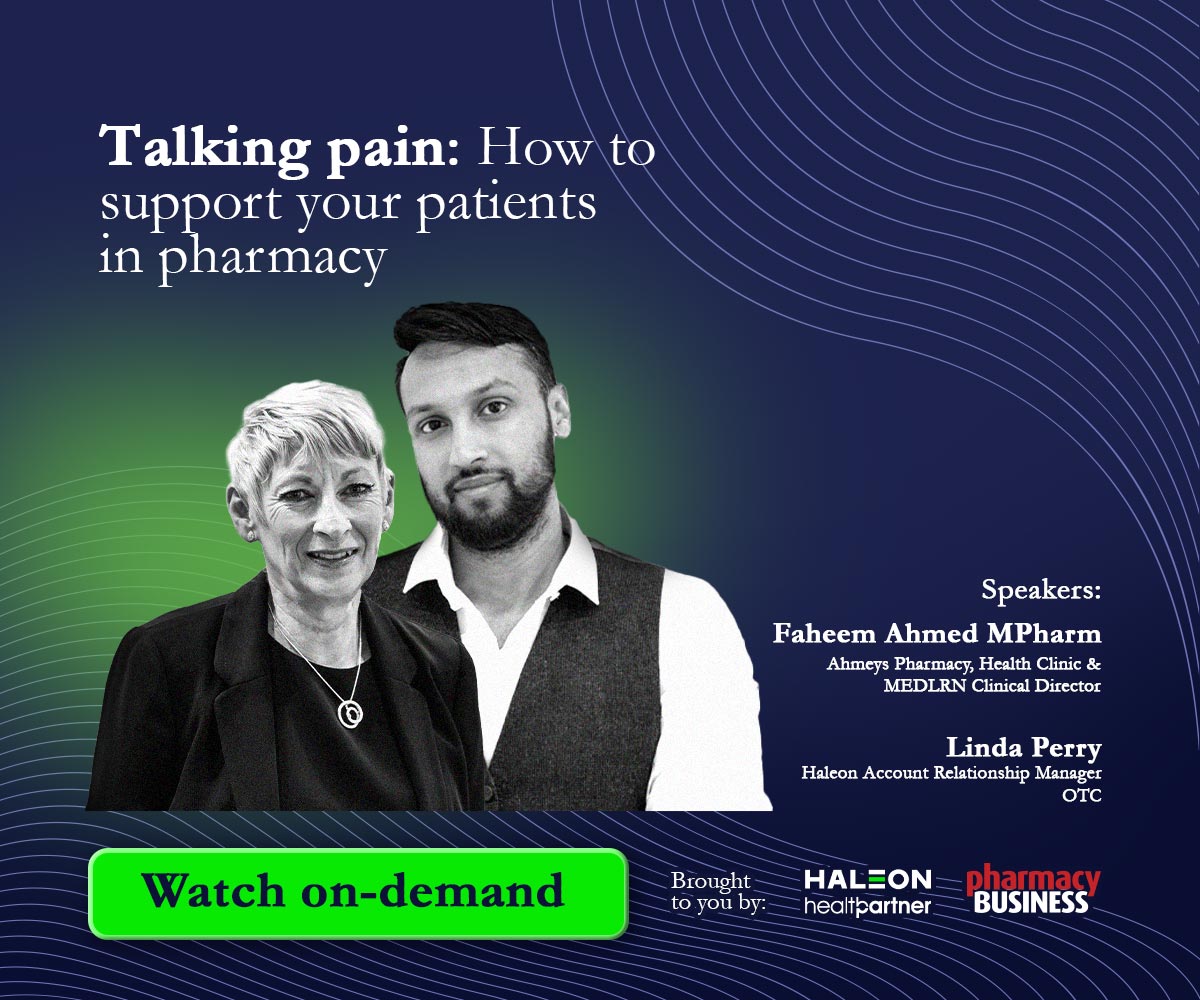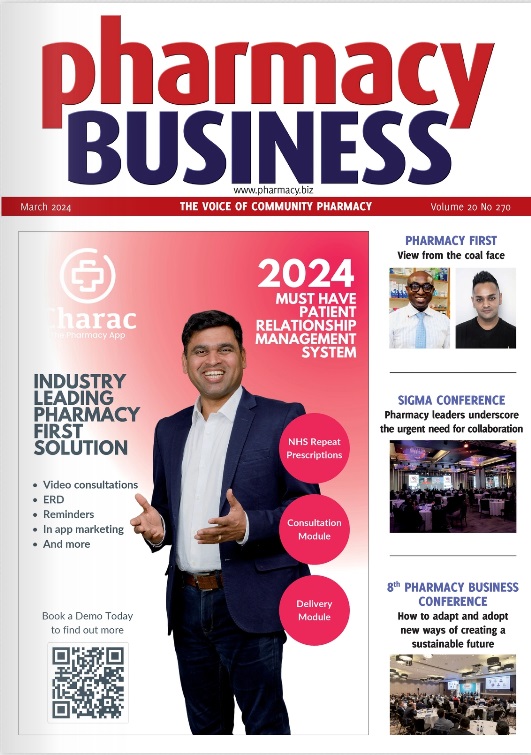The traditional role of the pharmacy is to create custom prescription medicine for a patient. Back then, the physician would assume the responsibility by procuring ingredients from a supplier and creating medication out of them. Mass production almost killed off this role, with the standard pharmacy simply providing ready-made medicine (provided a prescription).
No matter the medical advances, however, such a responsibility won’t go away for good. Human bodies differ, and these differences can influence the kind of drug a person needs. It’s why the tradition persists in the form of compounding pharmacies, which comprise 13% of all community-based pharmacies in the U.S.
Here’s a look into compounding pharmacies and how they differ from regular ones.
Compounding at a Glance
The Food and Drug Administration (FDA) defines compounding as the process of combining two or more different drugs or ingredients to create a medication tailored for a patient. There are many ways a compounding pharmacy can make a custom medication, such as:
- Adjusting the strength of the dosage
- Adding flavoring to make it more palatable
- Reformulating a drug that’s free of allergens
- Converting pills into liquid form
One downside of compounded drugs is that they’re not FDA-approved. Compounding pharmacies rely on the FDA’s mandate of overseeing drug manufacturers by using FDA-approved ingredients to create effective custom medication. When compounding pharmacies have to handle controlled substances like opioids, the Drug Enforcement Authority (DEA) oversees them.

503B Compounding
The lack of direct oversight has caused several health crises over the years, perhaps the worst being the fungal meningitis outbreak in 2012 that killed 64. A joint investigation by the FDA and the Centers for Disease Control and Prevention (CDC) discovered that it stemmed from a compounded steroid injectable contaminated with fungi.
One year later, then-President Barack Obama signed into law the Drug Quality and Security Act (DQSA) that granted the FDA more oversight to drug compounding. One of the law’s highlights is the creation of a Section 503B-compliant outsourcing facility (or simply 503B facility). Unlike a regular compounding pharmacy, 503B facilities can make compounded drugs in large quantities.
The 503B facilities can perform both sterile and non-sterile preparations. Sterile compounding involves receiving sterile products from a supplier, while non-sterile compounding centralizes sterilization and other essential procedures under one facility. Both activities are required to meet current good manufacturing practices, such as daily environmental monitoring and sterile disinfection.
Five years since the Act’s passage, there have been noticeable improvements in drug compounding as a whole. Many outsourcing facilities have registered with the FDA and have allowed the agency to monitor their operations. There has also been an improvement in reporting between federal and state agencies regarding compounding pharmacies in their jurisdictions.
Safety of Compounded Drugs
As compounded drugs aren’t FDA-approved even when made using FDA-approved products, there have been concerns regarding their safety. However, without the DQSA, the stigma may still be just as bad today.
Drugs, in general, carry their risks—and any pharmacy that fails to hold the highest standard of care can face legal repercussions. Compounding pharmacies have to maintain a higher standard because of the nature of their products. The FDA getting hands-on into regulating these services might not be the definitive solution, but it’s a step in the right direction.
Furthermore, as mentioned earlier, human bodies vary. Not everyone is blessed to live a life without allergies and other chronic conditions, and, sometimes, mass-produced medication isn’t suitable for them. A compounded drug, regardless of the risk involved, can mean the difference between life and death.
One crucial aspect that can make compounded drugs safer is a doctor’s prescription. The DQSA has been consistent in requiring compounding pharmacies to receive a prescription before making and distributing the medication. Giving compounded drugs to anyone but the patient can put an entire community at risk of an outbreak.
Conclusion
Despite their inherent risks, compounding pharmacies have their unique way of saving lives. For a man, woman, or child with an allergy or difficulty swallowing, compounded drugs are their only means of treatment. As such, they should exercise greater care in creating tailor-made medication, which should only end up in the hands of a specific patient.
Compounding pharmacies aren’t going away anytime soon. If anything, the rules and regulations imposed on these services infer that they’ll become more necessary than ever in the future. They’ll continue fighting the diseases, if not pandemics, just as the pharmacies in the old days have done.







